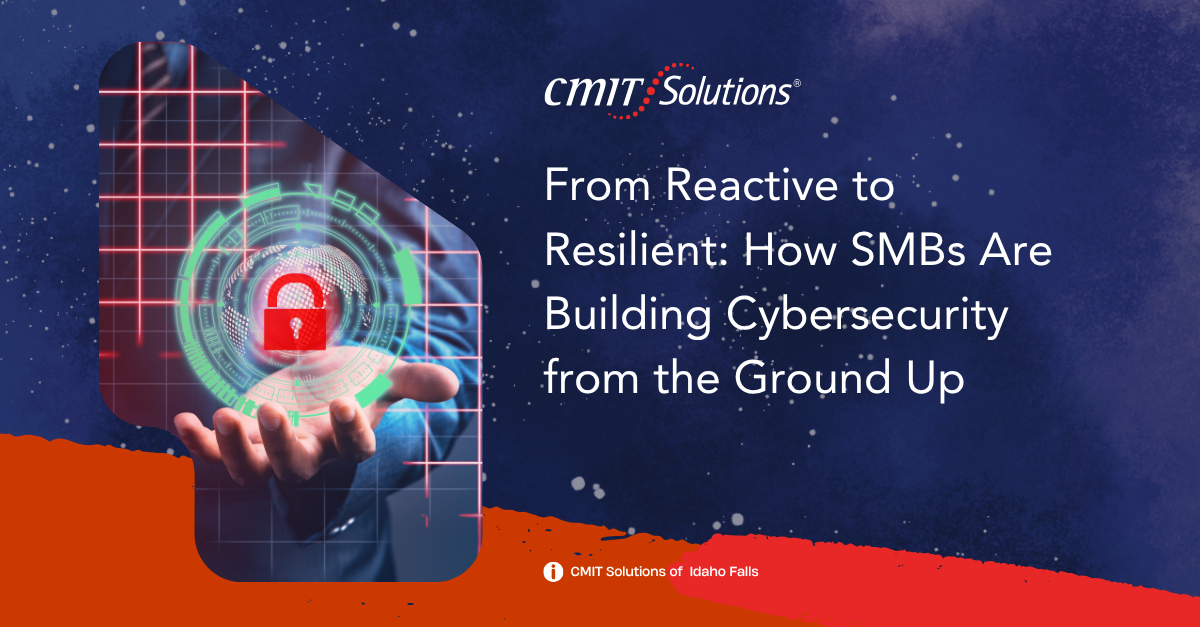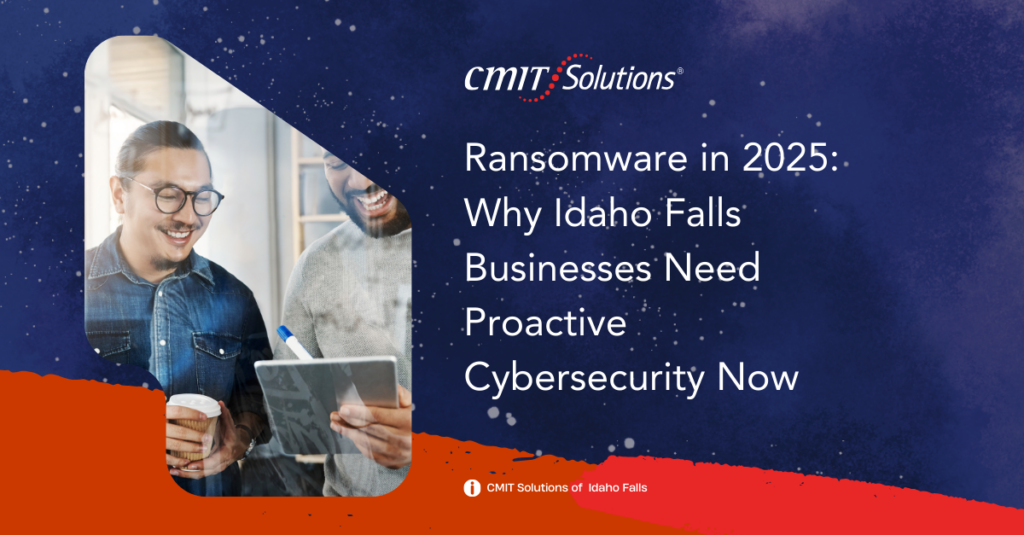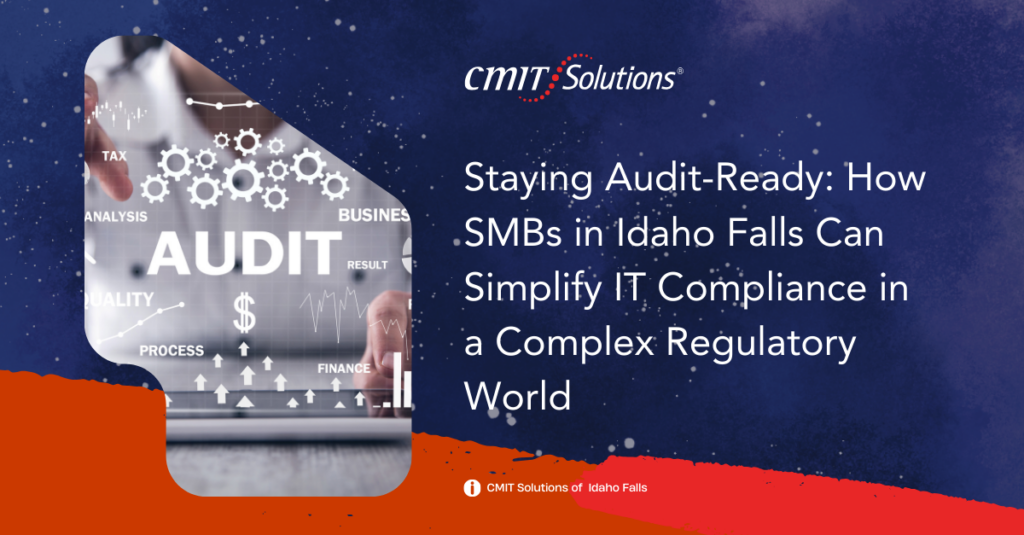Cyberattacks are no longer reserved for enterprise giants. In today’s digital landscape, small and midsize businesses (SMBs) are just as likely to face ransomware, phishing, data breaches, and downtime. The shift from reactive security to resilient defense is now a survival imperative.
Recognizing the Risks: Why Reactive Security No Longer Works
Basic antivirus and outdated firewalls are no match for modern cyber threats. SMBs in Idaho Falls have already witnessed the dangers of delay, particularly in the face of ransomware attacks that now evolve faster than patch cycles. Ransomware in 2025 highlights how local businesses are shifting to proactive protection.
When your team is reacting after the damage is done, you’re already behind. Cybercriminals exploit this gap with increasing precision—and shrinking recovery windows.
Starting with the Basics: Building a Strong Cybersecurity Foundation
Before deploying advanced tools, SMBs must fortify their cybersecurity essentials:
- Continuous offsite backups, a topic thoroughly explored in Cyber Resilience Starts With Backup
- Multi-factor authentication for access control
- Regular patching and endpoint protection
- Employee security training
A strong foundation also supports regulatory readiness, as demonstrated in Staying Audit-Ready, which outlines how Idaho Falls businesses prepare for evolving compliance demands.
Moving to Proactive Monitoring and Threat Detection
Reactive detection leaves too much to chance. Modern SMBs implement real-time monitoring, log management, and threat detection to stay ahead of attackers. Implementing these tools allows for faster containment of lateral threats across endpoints and networks.
For example, behavioral monitoring and log analysis have become first-line defenses, with guidance offered in Why Log Monitoring Is Your First Line of Defense.
Smart network management also prevents minor anomalies from becoming full-blown breaches. Beyond Connectivity explores how edge computing and advanced routing are becoming cybersecurity cornerstones.
Making Cybersecurity a Business Priority—Not Just an IT Task
When cybersecurity becomes a business priority—not just an IT checklist—organizations unlock stronger ROI and strategic agility. Businesses with cloud-first operations recognize that security must be integrated at every level of digital transformation.
In Is Your Cloud Strategy Ready for 2025?, many Idaho Falls SMBs share how secure configurations and ongoing policy management drive operational growth.
Companies still depending on outdated or “break-fix” support risk increased downtime and cost. Break-Fix Is Broken highlights the business case for managed IT support and how it aligns security with uptime.
Leveraging MSPs and Cloud Tools to Fill Gaps
A managed service provider (MSP) brings both strategic insight and operational muscle. Most SMBs don’t have the resources for an internal cybersecurity team, which is why partnering with an MSP ensures access to enterprise-grade protection.
In Strategic IT Guidance, companies reveal how outsourcing IT aligns security with growth. Whether it’s data protection, cloud configuration, or incident response, MSPs fill the void.
These services include AI-enhanced backup options like those explored in The New Gold Standard for Business Continuity, helping businesses withstand even zero-day ransomware.
Measuring Maturity: From Compliance to True Cyber Resilience
Cyber resilience isn’t about simply checking compliance boxes. It’s about understanding risk and having the right layers of defense ready. A mature security strategy includes:
- Security benchmarks like NIST CSF or CIS Controls
- Tabletop exercises and breach simulations
- Technology investments aligned with ROI and uptime
Smart IT Spending provides insights into how Idaho Falls companies make cybersecurity investments that reduce long-term cost and risk.
As business networks become more remote, the need for reliable support scales. Learn how small IT teams grow their capabilities in Unlocking Business Potential.
Conclusion: Resilience Is Your Competitive Edge
Moving from reactive to resilient cybersecurity isn’t optional anymore—it’s the only way forward. Small businesses that adopt layered protections, proactive monitoring, and expert guidance are better equipped to defend data, recover faster, and meet customer expectations in a zero-trust world.
Whether it’s securing hybrid workforces, protecting cloud assets, or preparing for ransomware, the right strategy today determines tomorrow’s survival.
If your cybersecurity strategy still starts after the breach, it’s time to build it from the ground up—resilient, responsive, and ready.






